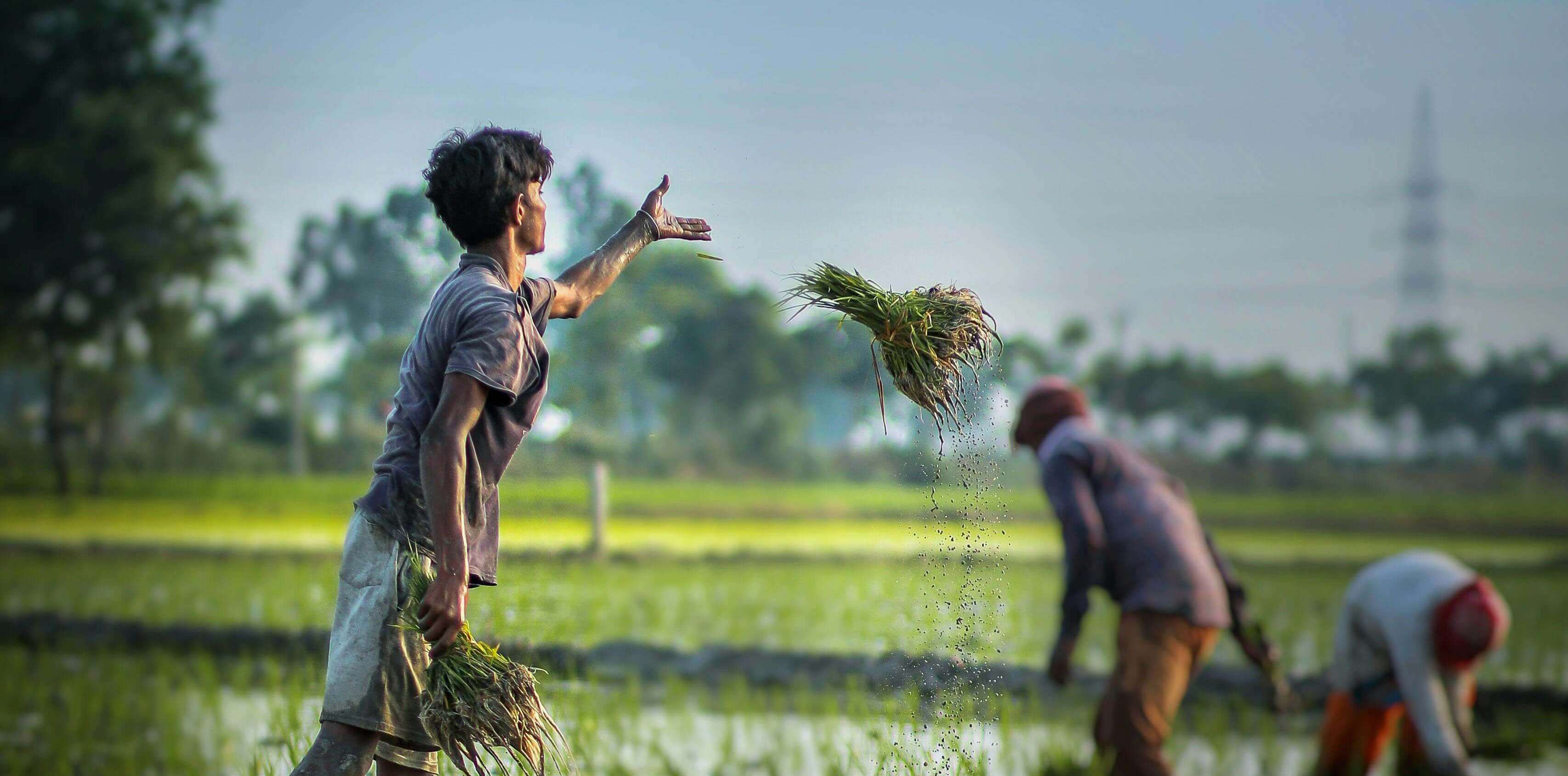
Latest Agriculture Commodity Outlook News in India
Monsoon and Kharif Sowing
India has seen an above-average monsoon this year, which has been crucial for the agricultural sector. The timely arrival of monsoon rains has led to a significant increase in Kharif crop sowing. As of late June, Kharif sowing has risen by 33% year-on-year to cover 24 million hectares (BusinessFinanceElectionsIndia) (mint). This surge is expected to positively impact the production of essential crops such as rice, pulses, and oilseeds.
Climate-Resilient Seeds
In response to erratic rainfall patterns threatening rice production, the Indian government aims to cover 25% of the Kharif paddy area with climate-resilient seeds this year. This initiative is part of a broader effort by the Indian Council of Agricultural Research (ICAR) to release 100 new seed varieties and 100 technologies within 100 days (BusinessFinanceElectionsIndia).
Price and Production Updates
The production of pulses in Uttar Pradesh has risen by 35% to 3.25 million tonnes, which is expected to ease some of the supply pressures and stabilize prices. Meanwhile, the government has been working to address high retail prices of essential commodities like tomatoes and onions. Hybrid tomato varieties with longer shelf life have been introduced to counter the high prices caused by supply shortages (BusinessFinanceElectionsIndia) (mint).
Government Policies
The Indian government continues to support the agricultural sector through various policies. For instance, Kerala has allocated Rs 100 crore to subsidize essential commodities, reducing their prices by 35% in Supplyco stores. Additionally, the Centre is considering including rice as part of the wages under the MGNREGS scheme for the first time, aiming to support both farmers and workers in rural areas (BusinessFinanceElectionsIndia) (mint).
For more detailed updates and insights, visit the Farmioc blog.